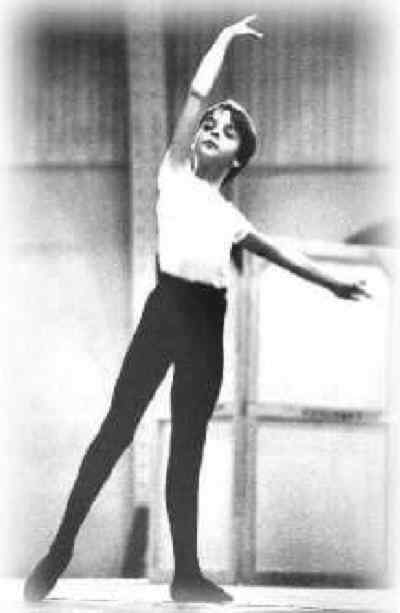
Figure 1.--The basic positions of classic ballet are those developed by the Italians and French beginning in the 17th century. From the beginning the dancers wore tights.


Figure 1.--The basic positions of classic ballet are those developed by the Italians and French beginning in the 17th century. From the beginning the dancers wore tights. |
The history of ballet is but a fragment of the history of dance. Owing to its resemblance to the chorus of the classic Greek tragedy, attempts have been made to trace ballet back to the pantomimic, sacrficial dances of antiquity. The earliest know ballet peformance was staged in Milan at the wedding of the Duke of Milan to Isabel of Aragon in 1489. Modern ballet clearly originated in Italy where it was employed as a court spectacle. In its infancy it consisted of song, recitatin, music, and dance. Ballet was carried to the French court during the time of Catherine de Medicis, Queen of France (1547-59). The growth of court luxury under Louis XIII and Louis XIV provided the opportnity for ballet to grow in importance and it became a favored diversion. It was during the reign of Louis XIV that ballet was first performed on the public stage.
Ballet is a modern art, dancing itself is prehistoric. Owing to its resemblance to the chorus of the classic Greek tragedy, attempts have been made to trace ballet back to the pantomimic, sacrficial dances of antiquity.
Ballet developed in the aristocratic courts of Western Europe, primarily in Italy and susequently France. Ballet was initially a combination of professional acrobatics and folk dance and combined with the aristocratic grace of the courtier. Prior to Le Ballet Comique de la Reine, such performances had been seen in the Italian court since the Renaissance.
The earliest know ballet peformance was staged in Milan at the wedding of the Duke of Milan to Isabel of Aragon in 1489. Some observers point to 1581, when Catherine De Medici, to please her son Henry III, arranged an extravaganza for the wedding of Duc de Joyeuse to Maragarite of Lorraine. The name of the first ballet was Le Ballet Comique de la Reine, The Comic Ballet of the Queen. Ballet became a favorite pastime for the monarch and his court.
Modern ballet clearly originated in Italy where it was employed as a court spectacle. In its infancy it consisted of song, recitation, music, and dance.
Classical ballet is movement based on the traditional technique of the 17th and 18th century French ballet and the 19th century Italian School. Ballet was carried to the French court during the time of Catherine de Medicis, Queen of France (1547-59). The growth of court luxury under Louis XIII and Louis XIV provided the opportnity for ballet to grow in importance and it became a favored diversion. It was during the reign of Louis XIV that ballet was first performed on the public stage.
Dancers in early ballets wore masks as part of their costumes, and all the roles were danced by men. Slender men or boys wore a woman's costume and a wig. In 1681, women began to dance in ballet de cour. About this time, ballet became a professional art instead of amateur entertainment. At the time ballet developed in Europe men wore tights instead of pants. While women wore long dresses covering their legs, men's styles were to wear tights along with a varierty of styles such as tunics, depending on the social classs or specific time period. It was not until the late 17th century that knee breeches came into style to cover men's legs. At the time there were no specialized children's clothes. We have little information on 19th century ballet wear, most of our information comes from the 20th century.
Navigate the Historic Boys' Clothing Web Site:
[Introduction]
[Activities]
[Bibliographies]
[Biographies]
[Chronologies]
[Countries]
[Style Index]
[Contributions]
[Frequently Asked Questions]
[Glossaries]
[Satellite sites]
[Tools]
[Boys' Clothing Home]
Navigate the Historic Boys' Clothing Web dance pages:
[Main dance page]
[Ballet]
[Irish step]
[Kilts]
[Highland]
[Ballroom]
[Native American]
[Tap]
